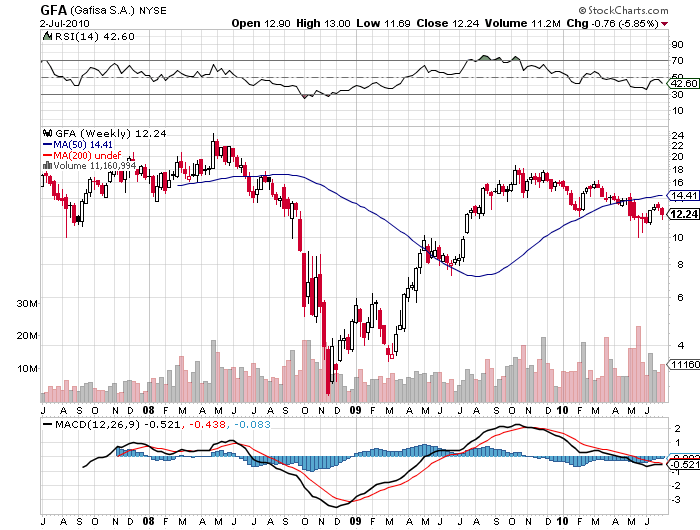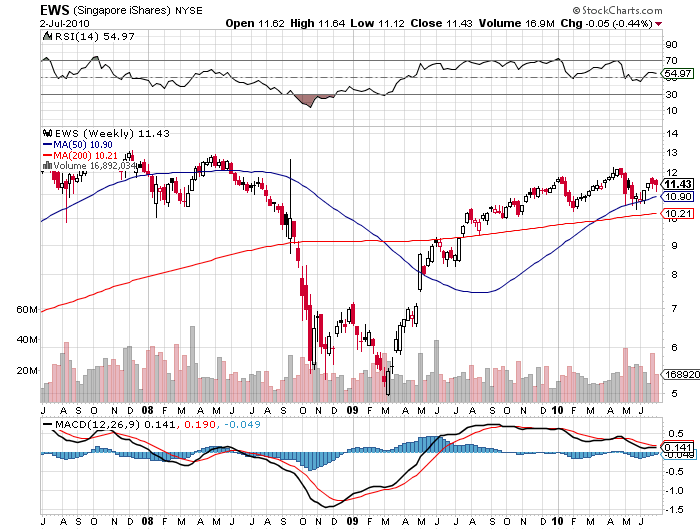Here's mine to add.
The Federal individual income tax revenue and the federal budget were nearly equal in 2009. That means that just to break even, Obama would have to double the income tax on every single taxpayer immediately.
By Michael Snyder
Blacklisted News
Our greed and our debt are literally eating our economy alive. Total government, corporate and personal debt has now reached 360 percent of GDP, which is far higher than it ever reached during the Great Depression era. We have nearly totally dismantled our once colossal manufacturing base, we have shipped millions upon millions of middle class jobs overseas, we have lived far beyond our means for decades and we have created the biggest debt bubble in the history of the world. A great day of financial reckoning is fast approaching, and the vast majority of Americans are totally oblivious.
But the truth is that you cannot defy the financial laws of the universe forever. What goes up must come down. The borrower is the servant of the lender. Cutting corners always catches up with you in the end.
Sometimes it takes cold, hard numbers for many of us to fully realize the situation that we are facing.
So, the following are 50 very revealing statistics about the U.S. economy that are almost too crazy to believe….
#50) In 2010 the U.S. government is projected to issue almost as much new debt as the rest of the governments of the world combined.
#49) It is being projected that the U.S. government will have a budget deficit of approximately 1.6 trillion dollars in 2010.
#48) If you went out and spent one dollar every single second, it would take you more than 31,000 years to spend a trillion dollars.
#47) In fact, if you spent one million dollars every single day since the birth of Christ, you still would not have spent one trillion dollars by now.
#46) Total U.S. government debt is now up to 90 percent of gross domestic product.
#45) Total credit market debt in the United States, including government, corporate and personal debt, has reached 360 percent of GDP.
#44) U.S. corporate income tax receipts were down 55% (to $138 billion) for the year ending September 30th, 2009.
#43) There are now 8 counties in the state of California that have unemployment rates of over 20 percent.
#42) In the area around Sacramento, California there is one closed business for every six that are still open.
#41) In February, there were 5.5 unemployed Americans for every job opening.
#40) According to a Pew Research Center study, approximately 37% of all Americans between the ages of 18 and 29 have either been unemployed or underemployed at some point during the recession.
#39) More than 40% of those employed in the United States are now working in low-wage service jobs.
#38) According to one new survey, 24% of American workers say that they have postponed their planned retirement age in the past year.
#37) Over 1.4 million Americans filed for personal bankruptcy in 2009, which represented a 32 percent increase over 2008. Not only that, more Americans filed for bankruptcy in March 2010 than during any month since U.S. bankruptcy law was tightened in October 2005.
#36) Mortgage purchase applications in the United States are down nearly 40 percent from a month ago to their lowest level since April of 1997.
#35) RealtyTrac has announced that foreclosure filings in the U.S. established an all time record for the second consecutive year in 2009.
#34) According to RealtyTrac, foreclosure filings were reported on 367,056 properties in March 2010, an increase of nearly 19 percent from February, an increase of nearly 8 percent from March 2009 and the highest monthly total since RealtyTrac began issuing its report in January 2005.
#33) In Pinellas and Pasco counties, which include St. Petersburg, Florida and the suburbs to the north, there are 34,000 open foreclosure cases. Ten years ago, there were only about 4,000.
#32) In California’s Central Valley, 1 out of every 16 homes is in some phase of foreclosure.
#31) The Mortgage Bankers Association recently announced that more than 10 percent of all U.S. homeowners with a mortgage had missed at least one payment during the January to March time period. That was a record high and up from 9.1 percent a year ago.
#30) U.S. banks repossessed nearly 258,000 homes nationwide in the first quarter of 2010, a 35 percent jump from the first quarter of 2009.
#29) For the first time in U.S. history, banks own a greater share of residential housing net worth in the United States than all individual Americans put together.
#28) More than 24% of all homes with mortgages in the United States were underwater as of the end of 2009.
#27) U.S. commercial property values are down approximately 40 percent since 2007 and currently 18 percent of all office space in the United States is sitting vacant.
#26) Defaults on apartment building mortgages held by U.S. banks climbed to a record 4.6 percent in the first quarter of 2010. That was almost twice the level of a year earlier.
#25) In 2009, U.S. banks posted their sharpest decline in private lending since 1942.
#24) New York state has delayed paying bills totalling $2.5 billion as a short-term way of staying solvent but officials are warning that its cash crunch could soon get even worse.
#23) To make up for a projected 2010 budget shortfall of $280 million, Detroit issued $250 million of 20-year municipal notes in March. The bond issuance followed on the heels of a warning from Detroit officials that if its financial state didn’t improve, it could be forced to declare bankruptcy.
#22) The National League of Cities says that municipal governments will probably come up between $56 billion and $83 billion short between now and 2012.
#21) Half a dozen cash-poor U.S. states have announced that they are delaying their tax refund checks.
#20) Two university professors recently calculated that the combined unfunded pension liability for all 50 U.S. states is 3.2 trillion dollars.
#19) According to EconomicPolicyJournal.com, 32 U.S. states have already run out of funds to make unemployment benefit payments and so the federal government has been supplying these states with funds so that they can make their payments to the unemployed.
#18) This most recession has erased 8 million private sector jobs in the United States.
#17) Paychecks from private business shrank to their smallest share of personal income in U.S. history during the first quarter of 2010.
#16) U.S. government-provided benefits (including Social Security, unemployment insurance, food stamps and other programs) rose to a record high during the first three months of 2010.
#15) 39.68 million Americans are now on food stamps, which represents a new all-time record. But things look like they are going to get even worse. The U.S. Department of Agriculture is forecasting that enrollment in the food stamp program will exceed 43 million Americans in 2011.
#14) Phoenix, Arizona features an astounding annual car theft rate of 57,000 vehicles and has become the new “Car Theft Capital of the World”.
#13) U.S. law enforcement authorities claim that there are now over 1 million members of criminal gangs inside the country. These 1 million gang members are responsible for up to 80% of the crimes committed in the United States each year.
#12) The U.S. health care system was already facing a shortage of approximately 150,000 doctors in the next decade or so, but thanks to the health care “reform” bill passed by Congress, that number could swell by several hundred thousand more.
#11) According to an analysis by the Congressional Joint Committee on Taxation the health care “reform” bill will generate $409.2 billion in additional taxes on the American people by 2019.
#10) The Dow Jones Industrial Average just experienced the worst May it has seen since 1940.
#9) In 1950, the ratio of the average executive’s paycheck to the average worker’s paycheck was about 30 to 1. Since the year 2000, that ratio has exploded to between 300 to 500 to one.
#8) Approximately 40% of all retail spending currently comes from the 20% of American households that have the highest incomes.
#7) According to economists Thomas Piketty and Emmanuel Saez, two-thirds of income increases in the U.S. between 2002 and 2007 went to the wealthiest 1% of all Americans.
#6) The bottom 40 percent of income earners in the United States now collectively own less than 1 percent of the nation’s wealth.
#5) If you only make the minimum payment each and every time, a $6,000 credit card bill can end up costing you over $30,000 (depending on the interest rate).
#4) According to a new report based on U.S. Census Bureau data, only 26 percent of American teens between the ages of 16 and 19 had jobs in late 2009 which represents a record low since statistics began to be kept back in 1948.
#3) According to a National Foundation for Credit Counseling survey, only 58% of those in “Generation Y” pay their monthly bills on time.
#2) During the first quarter of 2010, the total number of loans that are at least three months past due in the United States increased for the 16th consecutive quarter.
#1) According to the Tax Foundation’s Microsimulation Model, to erase the 2010 U.S. budget deficit, the U.S. Congress would have to multiply each tax rate by 2.4. Thus, the 10 percent rate would be 24 percent, the 15 percent rate would be 36 percent, and the 35 percent rate would have to be 85 percent.



















